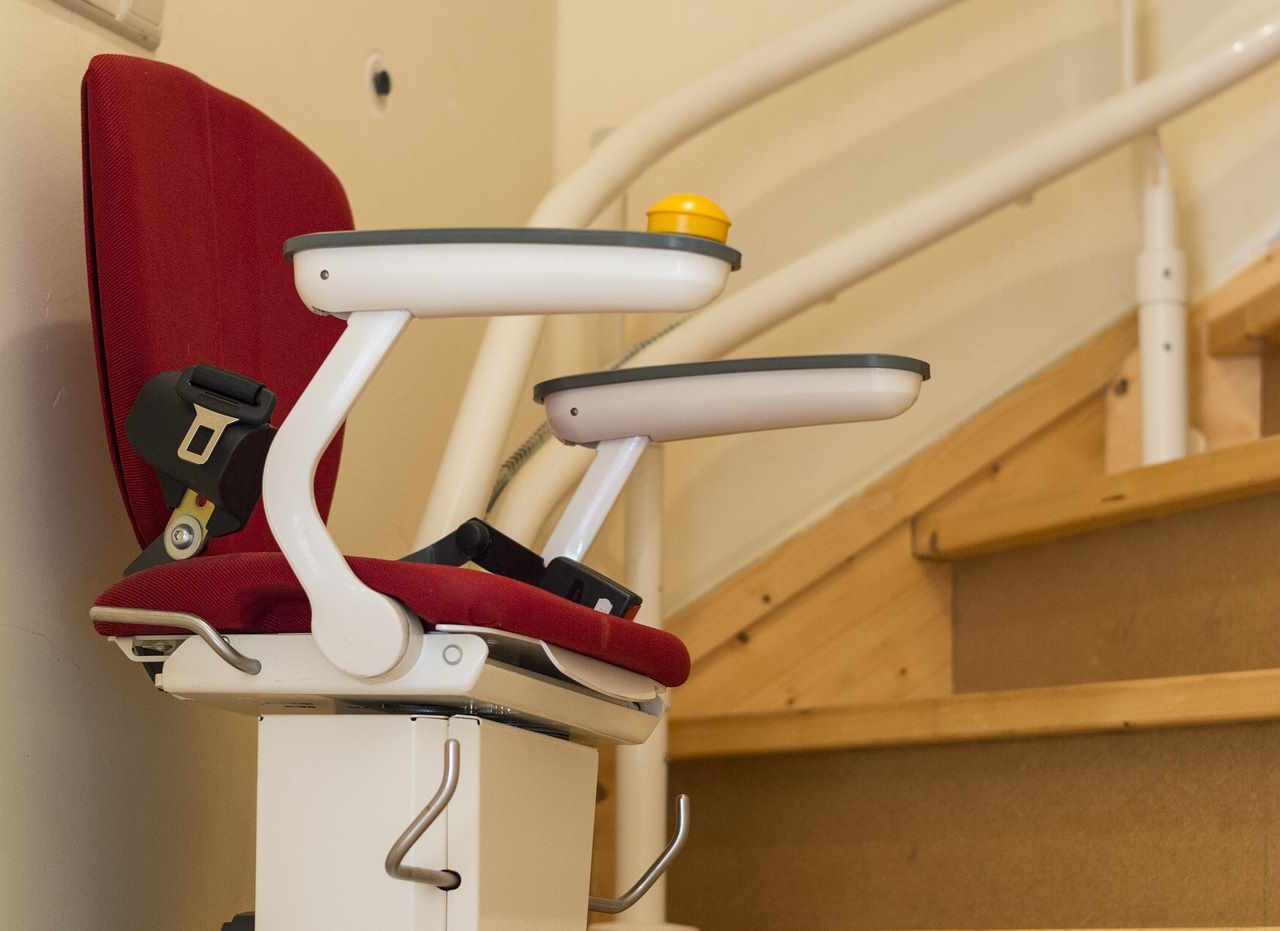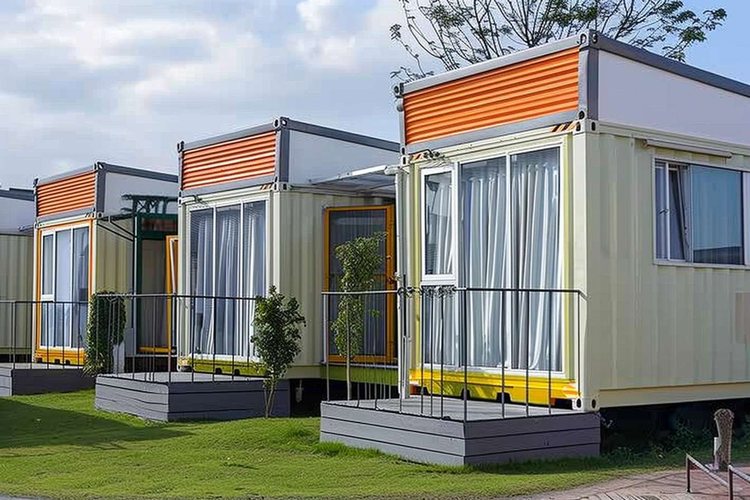Stair Lifts Explained: Function and Benefits
Stair lifts are devices designed to help individuals move safely between different levels of a home. They are installed along the staircase and can accommodate various types of stairs, including straight and curved. Stair lifts provide both comfort and security, allowing people with mobility challenges to maintain independence in their daily lives.

How do stair lifts provide safe and easy movement between floors?
Stair lifts function by securely carrying a person up and down a staircase on a motorized chair or platform. The device consists of a track mounted to the staircase, a power unit, and a seat or platform that travels along the track. Users simply sit on the chair or stand on the platform, fasten the safety belt, and use the controls to ascend or descend the stairs effortlessly.
The smooth, controlled movement of stair lifts ensures a safe journey for users. Most models come equipped with safety features such as obstruction sensors, which stop the lift if an object is detected on the stairs, and swivel seats that allow for easy mounting and dismounting at the top and bottom of the staircase.
Are stair lifts suitable for both straight and curved staircases?
One of the most versatile aspects of stair lifts is their adaptability to various staircase designs. Stair lifts are indeed suitable for both straight and curved staircases, making them an excellent solution for homes with different architectural layouts.
Straight stair lifts are designed for staircases that go directly from one floor to another without turns or landings. These are typically the most straightforward to install and are often more cost-effective.
Curved stair lifts, on the other hand, are custom-made to fit staircases with bends, corners, or multiple landings. While more complex and generally more expensive, curved stair lifts can navigate even the most challenging staircase configurations, ensuring that virtually any home can be made accessible.
How do stair lifts enhance independence and daily comfort for users?
The installation of a stair lift can dramatically improve the quality of life for individuals with mobility issues. By providing easy access to all levels of a home, stair lifts enhance independence and daily comfort in several ways:
-
Reduced fall risk: Stair lifts eliminate the need to navigate stairs on foot, significantly reducing the risk of falls and injuries.
-
Energy conservation: Users can save their energy for other activities, rather than expending it on climbing stairs.
-
Increased home access: All areas of the home become accessible, allowing individuals to maintain their living arrangements and familiar surroundings.
-
Improved mental well-being: The ability to move freely throughout one’s home can boost confidence and reduce feelings of dependency or isolation.
-
Comfort for caregivers: Stair lifts can alleviate the physical strain on family members or caregivers who might otherwise need to assist with stair navigation.
What are the key features to consider when choosing a stair lift?
When selecting a stair lift, several important features should be considered to ensure the best fit for the user’s needs:
-
Weight capacity: Ensure the lift can safely accommodate the user’s weight.
-
Seat options: Look for comfortable seating with adjustable height and swivel capabilities for easy access.
-
Folding mechanisms: Many models offer foldable seats, footrests, and armrests to save space when not in use.
-
Power source: Choose between battery-operated models, which work during power outages, or direct electrical connection.
-
Safety features: Consider options like seatbelts, obstruction sensors, and foot guards for added security.
-
Controls: Ensure the controls are easy to use, with options for both the rider and remote operation.
-
Aesthetics: Select a design that complements your home’s décor and minimizes visual impact on the staircase.
What are the costs associated with stair lift installation and maintenance?
The cost of a stair lift can vary significantly depending on various factors such as the type of staircase, the model chosen, and the features included. To provide a clearer understanding of the potential costs involved, here’s a comparison of different stair lift options:
| Stair Lift Type | Average Cost Range | Installation | Maintenance |
|---|---|---|---|
| Straight Stair Lift | $2,000 - $5,000 | $500 - $1,000 | $100 - $200 annually |
| Curved Stair Lift | $8,000 - $15,000 | $1,000 - $2,000 | $200 - $300 annually |
| Outdoor Stair Lift | $3,000 - $12,000 | $1,000 - $2,500 | $200 - $400 annually |
Prices, rates, or cost estimates mentioned in this article are based on the latest available information but may change over time. Independent research is advised before making financial decisions.
It’s important to note that while the initial cost may seem high, many users find the investment worthwhile for the improved quality of life and independence gained. Some insurance plans or government assistance programs may also help cover the costs in certain situations.
Stair lifts have become an essential solution for maintaining independence and comfort in multi-level homes for those with mobility challenges. By providing safe and easy movement between floors, these devices offer a practical way to enhance daily living. Whether for straight or curved staircases, stair lifts can be customized to fit almost any home, ensuring that users can continue to enjoy all areas of their living space with confidence and ease.




